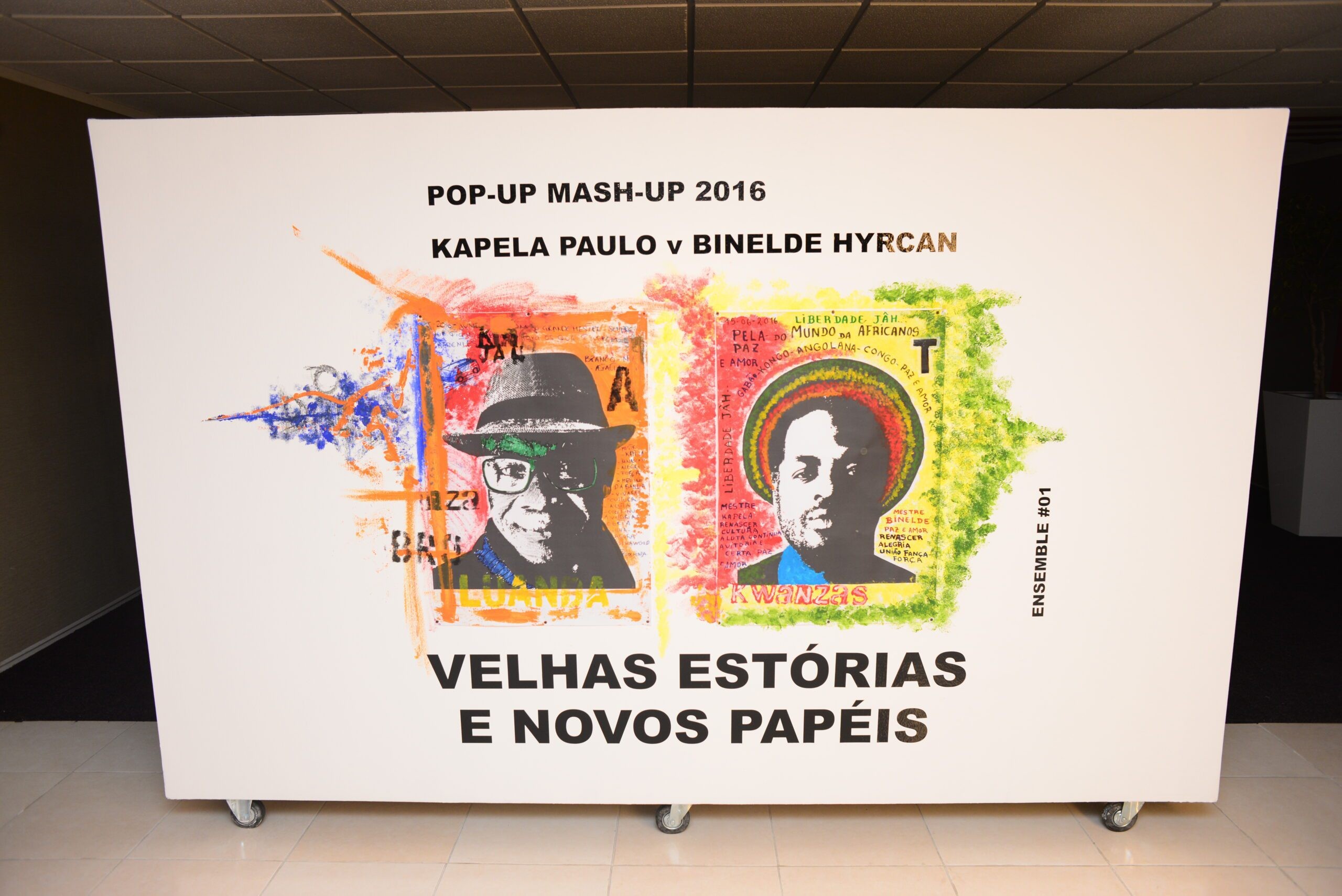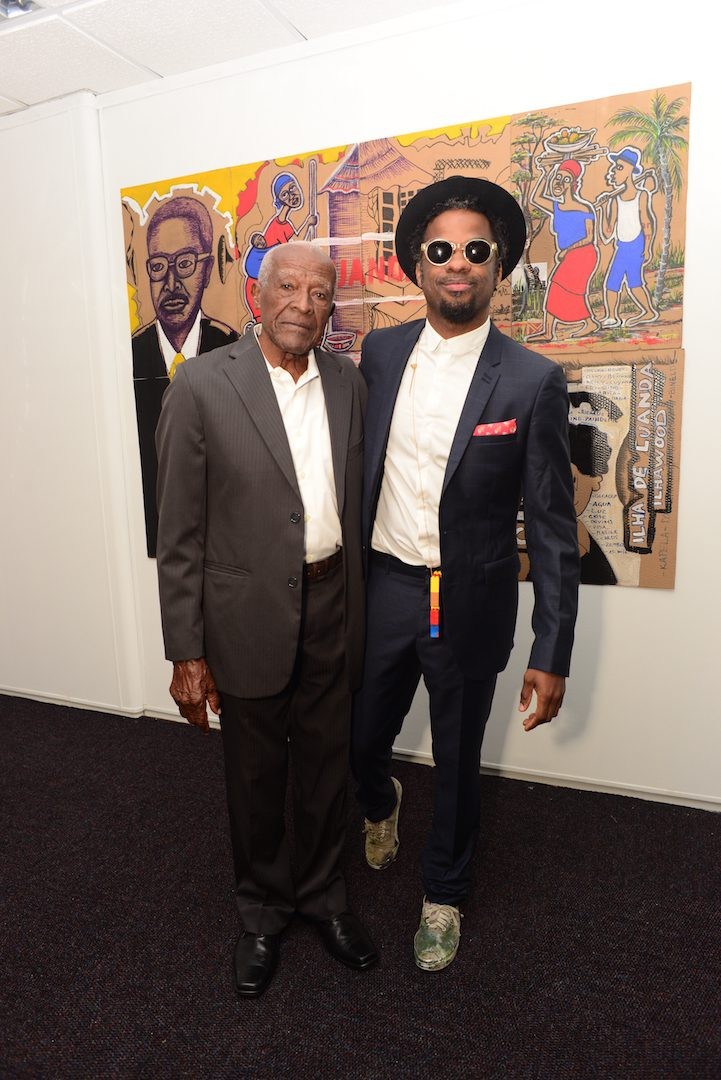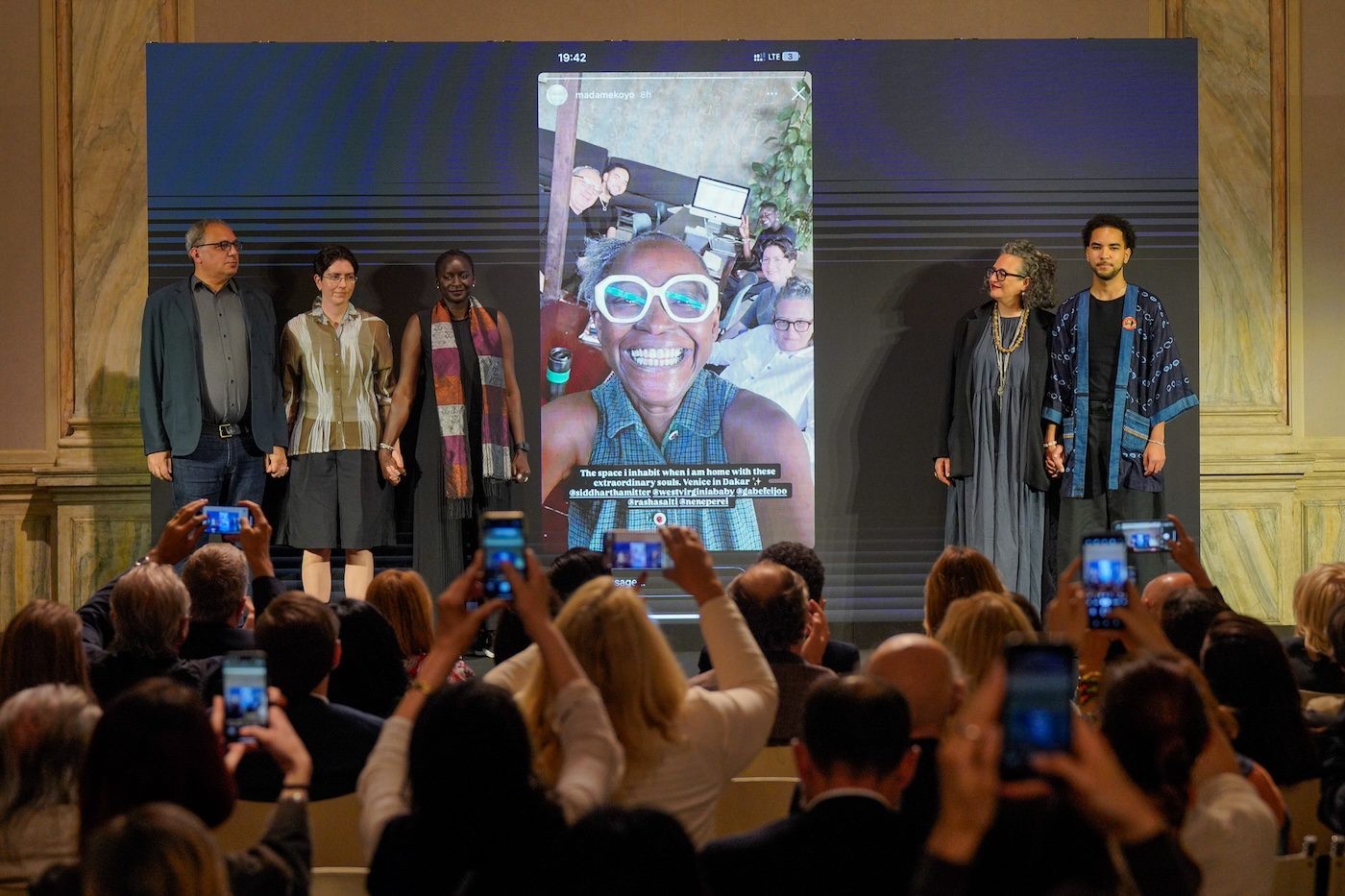New Collaborative Concept or Pop (Re)invention?

22 October 2016
Magazine C& Magazine
6 min read
“Pour moi, l’art est spirituelle” When asked to write about Pop-Up Mash-Up – Old Stories, New Narratives, I was struck by a sense of uneasiness, and a simple question arose: how to write about a process-based project without in fact having followed the actual process? The concept of Pop-Up Mash-Up is, above all, …
“Pour moi, l’art est spirituelle”
When asked to write about Pop-Up Mash-Up – Old Stories, New Narratives, I was struck by a sense of uneasiness, and a simple question arose: how to write about a process-based project without in fact having followed the actual process?
The concept of Pop-Up Mash-Up is, above all, a challenge to the artists involved, a mix of two models: the “pop-up” as being something that appears fast and suddenly, something ephemeral, and the “mash-up,” taken from music production as a practice of assembling new songs by blending two or more pre-recorded tracks.
Here, two artists were invited to work together, much like agents on a battlefield working on each other’s pieces, not linearly or sequentially like an exquisite corpse, but through a process of interference, rupture and/or continuation, erasure, with each operation bringing new meanings to the previous drawing in a continuous dialogue.
.

<figcaption> Artists Kapela Paulo and Binelde Hyrcan, Luanda, 2016. Courtesy of Gallery ELA
.
For the first edition of the project Velhas Histórias, Novos Papéis, (Old Stories, New Narratives) (1) we encounter two contrasting artists whose careers and works are completely distinct. On the one side is Binelde Hyrcan, born in 1983 and an artist of the new wave of Angolan contemporary artists. Trained in Angola and Monaco, Hyrcan is a multimedia artist whose works range over sculpture, painting, drawing, video art and performance, drawing from characters of popular culture, and cartoons, with a strong focus on chickens. The results are complex, humorous and ironic works. One of Hyrcan’s iconic pieces, the installation Kings and Queens, uses coffins, chickens and satirical characters such as Napoleon to reflect on the concept of vanity and to present a socio-political critique of the power relations of contemporary African societies.
On the opposing side is Kapela Paulo or, as he is best known, Mestre Kapela, a seminal figure in the development of contemporary art in Angola. Born in the province of Uíge on the border with the Congo in 1947, Kapela is a self-taught artist who lived the first part of his life between Angola and the Congo, while working and learning from modern artists in Brazzaville and in Kinshasa, where he followed the Poto-Poto school. He finally settled in Luanda and opened his atelier where he met a number of artists, who later became active and important members of UNAP (the National Union of Artists). Kapela is known for iconic works such as the installations of altars, and for the use of collage, text and narrative to produce complex pieces that intertwine his own personal story of migration between Luanda and the Congo, between being simultaneously a local and a foreigner within the historical framework of Angola’s politics.
Despite having been an important figure and a master to many of today’s well-known contemporary artists, Kapela has gone through a difficult period, living under precarious conditions which somehow fuelled his creative spirit, leading him to experiment with and develop other techniques and media beyond traditional painting, such as collage, writing, stencils, and recycling materials. This has brought him worldwide recognition for his work, but it is a success that he has never enjoyed or fully understood himself.
What the two artists share is the tendency to use stereotypes and the deconstruction of political icons in order to re-construct history and open up new perspectives on life in contemporary Angola. While Hyrcan is ironic, Kapela is frozen or focused on a particular historical period – the immediate post-independence period and the construction of the nation state; both artists’ work focuses on two or more important political figures as well as characters from their personal journeys.
The title of their encounter, Old Stories, New Narratives, evokes the memory and the way the work of the two artists reflects upon aspects of their own particular history as well as this quest for reinvention or for the (re)emergence of Kapela after a long period of illness and inability to work. This is particularly visible in newly produced pieces entitled Nascimento (Birth), Vida (Life) or Morte (Death), Renascimento (Rebirth) or Revida (Reliving) in which Kapela uses his old references to reflect on his present and his new-found history, which is shown by a reference to the confirmation of his identity – the passport which he has acquired for the first time since settling in Luanda.
As Hyrcan recalls, in the first encounter with Kapela, “he told me that I couldn’t follow him because he also wanted to learn from me;” and from there, both artists started a process of sharing personal histories, the free method they use for their collaboration. The results of this confrontation of images, however, fail to translate into a visual dialogue that expresses in depth the complex nature of a real Pop-Up Mash-Up process. Clearly the process did not last long enough for the two artists to develop a common ground (if desired) or even to develop a series of works that translate into visual form from these new, shared narratives. For now the project is, as the title suggests, as much about artistry as it is about the rebirth and reinvention of an artist whose mystique is larger than he himself could ever imagine – it is more of an excuse for the creation of yet another chapter, or perhaps the seminal chapter, in the narrative of the complex personality that is Mestre Kapela. Whilst it remains unclear how far this process will inspire new perspectives on his and Hyrcan’s artistic development, for now it is enough to have the old man back, and happy.
.
Paula Nascimento is an Angolan architect and curator[1] who along with Stefano Rabolli Pansera curatedthe Angolan pavilion at the 55th International Art Exhibition - La Biennale di Venezia which won the Golden Lion for "best national participation".
.
(1) The original title in Portuguese is Velhas Histórias, Novos Papéis (Old Stories, New Papers – or New Roles). The translation can lead to and open up different meanings, as in the Portuguese language, the word “papel” can mean literally “paper” but also “role.” For the purpose of this text, I prefer to use the word “narrative.”
Read more from






